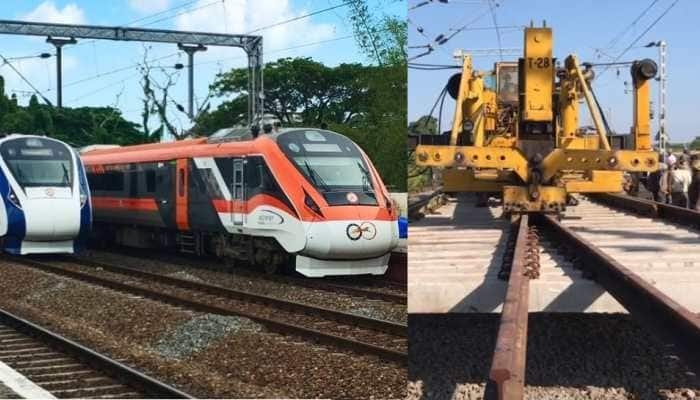Solar-powered smart windows could help you save energy costs
The new self-powered version promises to be inexpensive and easy to apply to existing windows, the researchers said.
Trending Photos
)
New York: By applying a new solar cell technology, researchers have developed a self-powered version of smart windows that could help save energy costs. (18:30)
Smart windows equipped with controllable glazing can augment lighting, cooling and heating systems by varying their tint, saving up to 40 per cent in an average building's energy costs. But these conventional smart windows require power for operation, so they are relatively complicated to install in existing buildings.
The new self-powered version promises to be inexpensive and easy to apply to existing windows, the researchers said.
This system features solar cells that selectively absorb near-ultraviolet (near-UV) light, so the new windows are completely self-powered.
"Sunlight is a mixture of electromagnetic radiation made up of near-UV rays, visible light, and infrared energy, or heat," said Yueh-Lin (Lynn) Loo, Professor at Princeton University, New Jersey, US.
"We wanted the smart window to dynamically control the amount of natural light and heat that can come inside, saving on energy cost and making the space more comfortable," she added.
The smart window controls the transmission of visible light and infrared heat into the building, while the new type of solar cell uses near-UV light to power the system.
"This new technology is actually smart management of the entire spectrum of sunlight," Loo said.
In the paper published in Nature Energy, the researchers described how they used organic semiconductors - contorted hexabenzocoronene (cHBC) derivatives - for constructing the solar cells.
The researchers chose the material because its chemical structure could be modified to absorb a narrow range of wavelengths -- in this case, near-UV light.
"Using near-UV light to power these windows means that the solar cells can be transparent and occupy the same footprint of the window without competing for the same spectral range or imposing aesthetic and design constraints," Loo added.
The researchers explained that the near-UV solar cell technology can also power internet-of-things sensors and other low-power consumer products.
"It does not generate enough power for a car, but it can provide auxiliary power for smaller devices, for example, a fan to cool the car while it's parked in the hot sun," Loo said.
Stay informed on all the latest news, real-time breaking news updates, and follow all the important headlines in india news and world News on Zee News.
Live Tv







)
)
)
)
)
)
)
)
)
)
